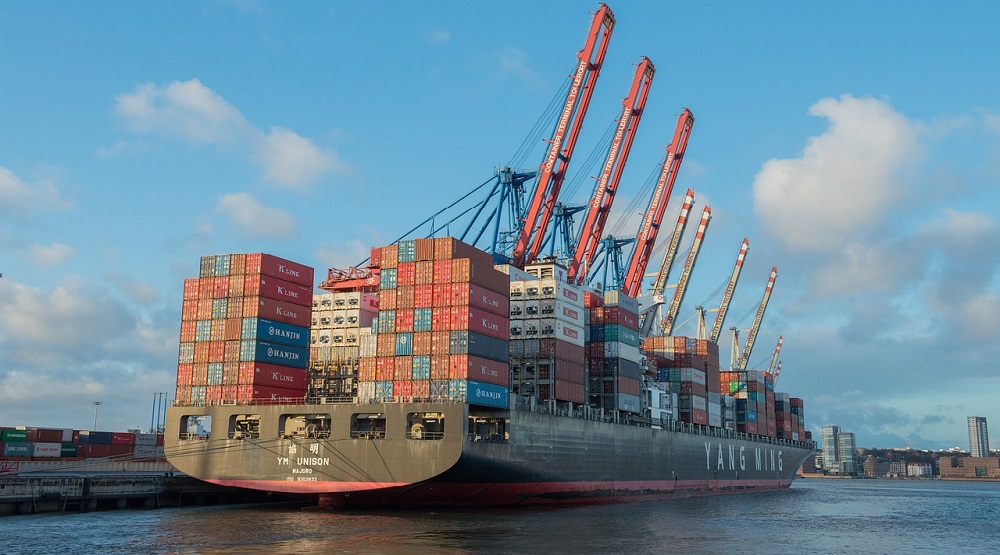LONDON – Despite an uptick earlier this month, spot ocean container rates are back on their downward trajectory.
According to container price tracker Drewry, spot rates fell 6% this week to an average of $1,384 per 40-foot container. That’s 3% lower than the 2019 pre-pandemic average rate of $,1420, and 42% less than the same week last year.
Rates from Shanghai to Los Angeles saw a sizable 9% drop, or $208, to $2,000 per container. Rates from Shanghai to New York dipped 2% to $2,573.
Shippers and industry analysts are closely watching where spot rates will go the rest of the year. If they don’t pick up, contracts for 2024 could be signed with significantly lower rates.
Two of the biggest ocean carriers posted harsh declines in third quarter numbers. Maersk, the second-largest carrier, reported revenue at $12.1 billion for the quarter, down more than $10 billion from last year. Hapag-Lloyd, the fifth-largest carrier, saw its income drop 73% from the second quarter and 94% from the same time last year. On an earnings call, Hapag-Lloyd CEO Rolf Habben Jansen, said rates are at loss-making levels on the Asia-Europe and trans-Atlantic routes.
Both companies are set to begin new contract negotiations for 2024, per FreightWaves. Because they’re set to take place when spot rates are extremely low, contract rates could also see a decline.
On the recent Maersk earnings call, CEO Vincent Clerc said what happens the rest of the quarter will have a “profound impact on what 2024 will look like,” calling the situation “dire” if the fourth quarter doesn’t see an improvement.
“If nothing has happened to the spot market during the quarter, it would not be the trough, because that will mean there will be a reset of contract levels down to those levels,” he said.
However, on the Hapag-Lloyd earnings call, Jansen said the company would prefer to lose business than to sign a year-long contract at a loss.
“We see expectations out there for contract rates that are unrealistic,” he said. “At those levels, we will not close because we’re not going to close contracts at rate levels where we would, for sure, lose a lot of money. We’d rather take out cost and capacity if and when that’s needed. So, I would expect that in the end, those contracts that start at the beginning of the year will be above spot levels we see today.”
